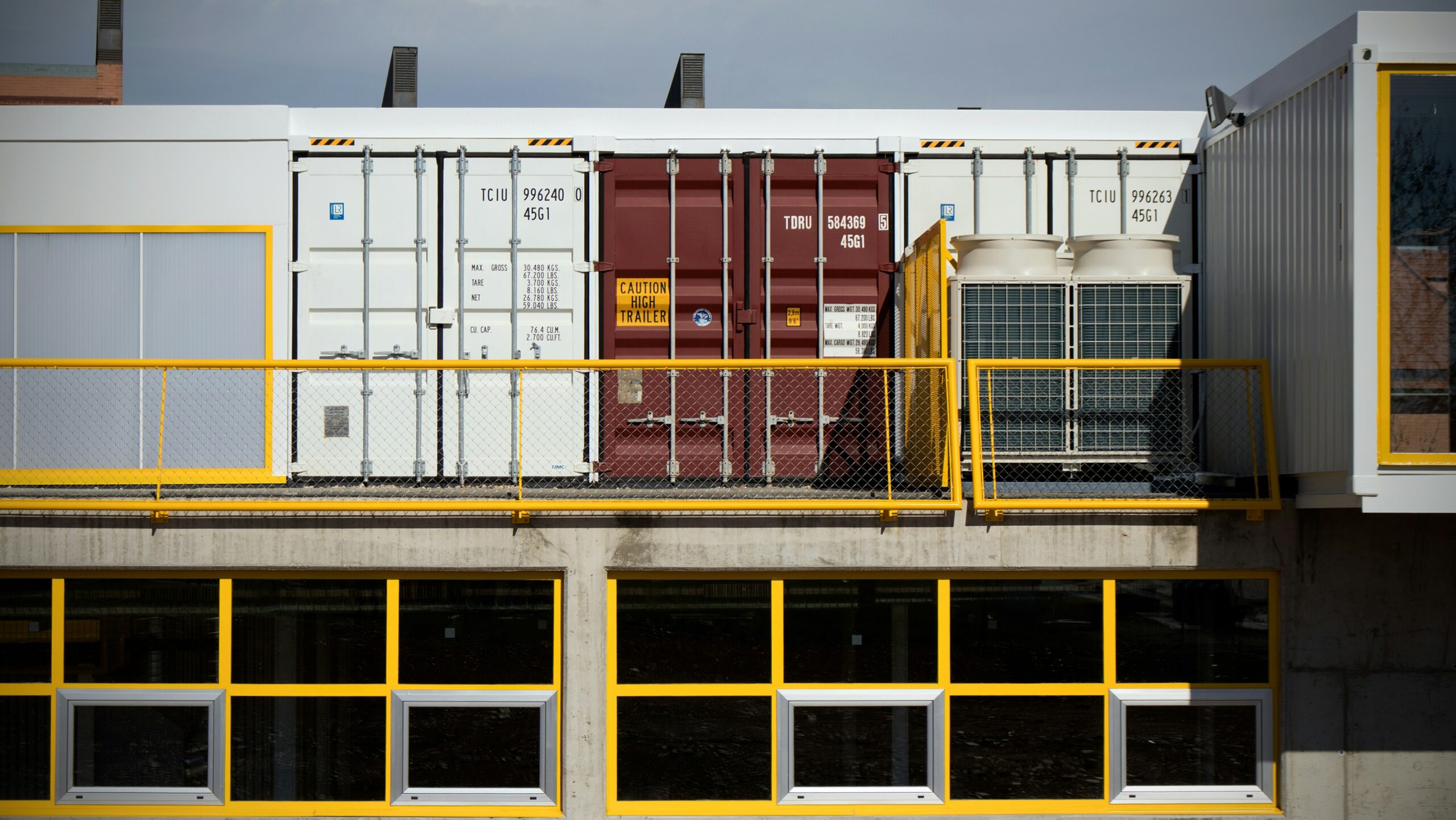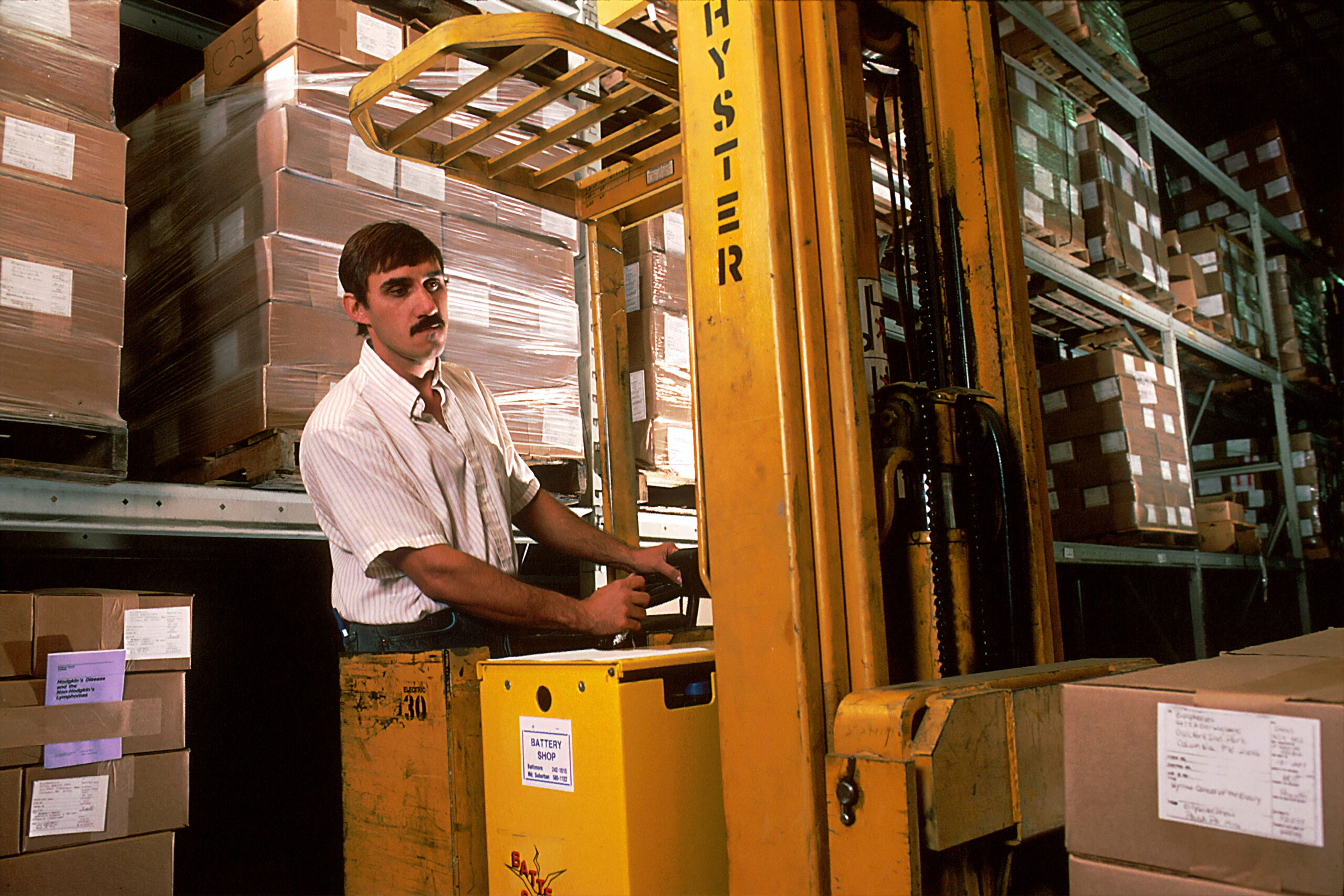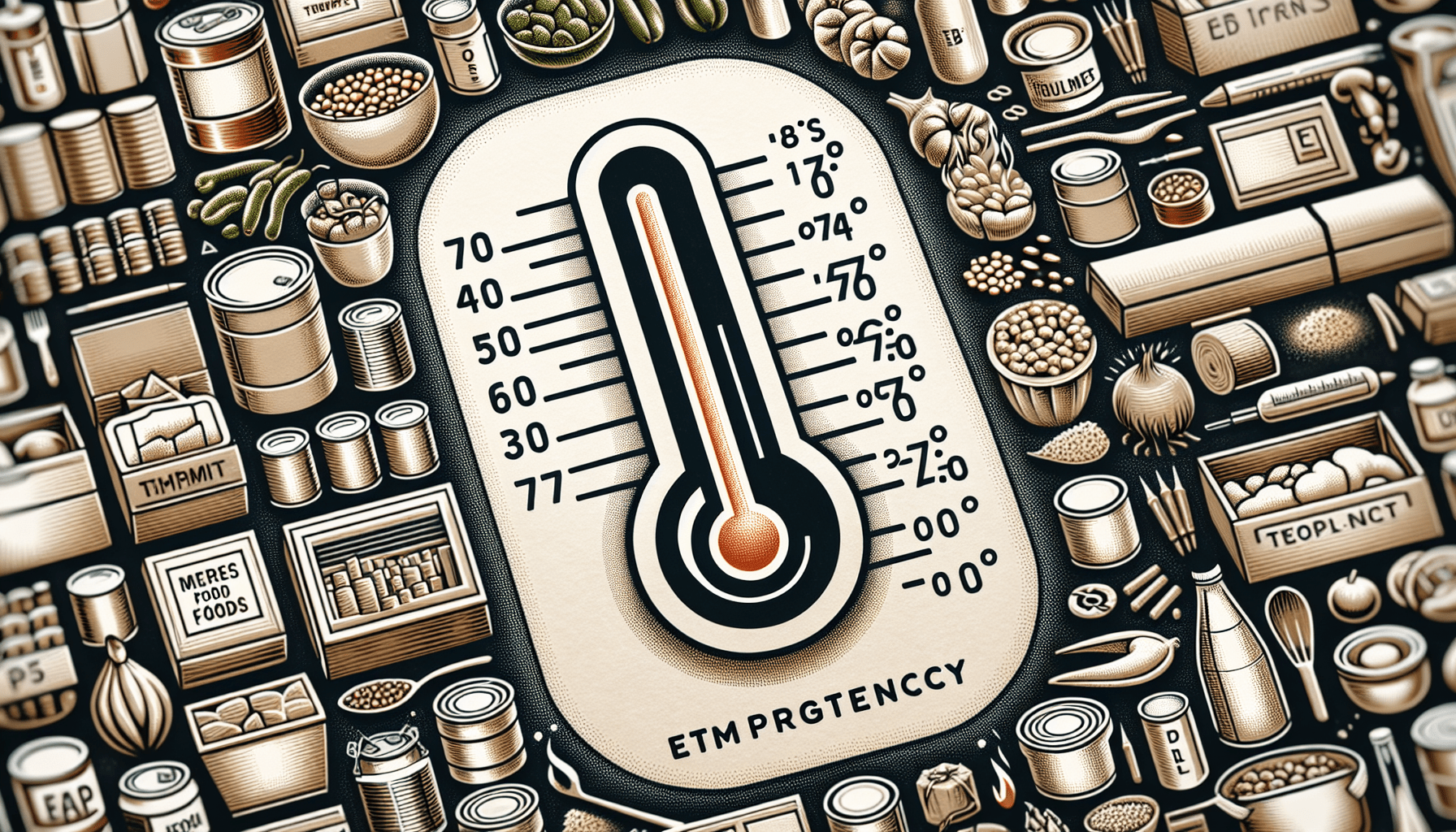Have you ever wondered what the best temperature is for storing your emergency food? Whether you’re preparing for natural disasters, unexpected situations, or simply ensuring your family has a backup supply, understanding the right storage conditions can make all the difference.
Why Temperature Matters for Emergency Food Storage
Temperature plays a crucial role in the longevity and safety of your stored food. Improper storage conditions can lead to spoilage, nutrient degradation, and even contamination, rendering your carefully accumulated supplies useless when you need them most.
Maintaining Quality and Safety
The quality of your emergency food supply is paramount. Low temperatures slow down the growth of microorganisms and the rate of chemical reactions that cause food to spoil. Conversely, higher temperatures can accelerate these processes, reducing the shelf life of your food.
Nutrient Preservation
Temperature affects not just the safety but also the nutritional value of food. Vitamins and nutrients can degrade over time, especially in fluctuating or high temperatures. To ensure that your emergency food remains beneficial when consumed, it’s essential to store it properly.
Ideal Temperature Range
The Goldilocks Zone
The ideal temperature for storing most emergency food ranges between 50°F and 70°F (10°C and 21°C). This range is often referred to as the “Goldilocks Zone” because it’s not too hot, not too cold, but just right for preserving your food’s quality and safety.
Table: Temperature Impact on Food Storage
| Temperature Range | Impact on Food |
|---|---|
| Below 50°F (10°C) | Can cause freezing, altering texture and flavor |
| 50°F – 70°F (10°C – 21°C) | Optimal for longevity, slows spoilage and nutrient loss |
| Above 70°F (21°C) | Accelerates spoilage, increases risk of contamination |
Consistency is Key
Fluctuating temperatures can be just as harmful as high temperatures. The expansion and contraction of food and packaging materials due to temperature changes can compromise seals and allow air and moisture to enter, leading to spoilage. Aim to store your emergency food in a location where the temperature is stable.

Types of Emergency Food and Their Temperature Needs
Canned Foods
Canned goods are a staple in many emergency food supplies, thanks to their long shelf life and nutritional value. These items are best kept at temperatures between 50°F and 70°F. Be wary of storage conditions that are too cold, as freezing can cause cans to expand and rupture, and too hot, as this can speed up the deterioration process.
Freeze-Dried Foods
Freeze-dried foods, another popular emergency food choice, benefit from an even lower temperature for optimal storage. Keeping them at or below 60°F (15°C) can significantly increase their shelf life. These foods are particularly sensitive to moisture, so a cool, dry place is ideal.
Dehydrated Foods
Dehydrated foods have had most of their moisture removed, making them less likely to spoil under moderate temperatures. However, it’s still best to store them in a range of 50°F to 70°F to maximize their shelf life and preserve their nutritional value.
Grains, Legumes, and Other Dry Goods
Dry goods such as grains, beans, and rice are less susceptible to temperature fluctuations but should still be stored in a cool, dry place. Temperatures between 50°F and 70°F are ideal to maintain their quality over long periods.
Special Considerations for Different Climates
Hot Climates
If you live in an area with consistently high temperatures, consider investing in a climate-controlled storage solution like a cellar or a specially designed storage unit. Alternatively, an air-conditioned room can also serve as a suitable storage space.
Cold Climates
Cold climates pose the risk of freezing, which can damage certain types of food and packaging. Insulated storage spaces or basements can help maintain a consistent temperature and protect your emergency food supply.
Table: Climate-Specific Storage Tips
| Climate Type | Recommended Storage Tips |
|---|---|
| Hot Climate | Use climate-controlled storage units, air-conditioned rooms |
| Cold Climate | Insulated storage, avoid freezing temperatures |

Tips for Optimizing Your Storage Environment
Choosing a Location
Select a location in your home that remains relatively cool and dry throughout the year. Avoid places near heat sources like ovens, water heaters, or direct sunlight. Basements, interior closets, and pantries away from exterior walls are often ideal spots.
Monitoring Temperature and Humidity
Invest in a quality thermometer and hygrometer to regularly check the temperature and humidity levels in your storage area. This allows you to make adjustments as needed to maintain the optimal conditions.
Proper Shelving and Organization
Adequate shelving can prevent your food from coming into contact with floors where temperature fluctuations are more pronounced. Keep food off the ground and away from exterior walls to further ensure a stable storage environment.
Airflow
Good airflow helps regulate temperature and prevent mold and mildew. Ensure your storage area is well-ventilated. If necessary, use a fan to keep air circulation consistent.
Long-Term Storage Solutions
Vacuum Sealing
Vacuum sealing can significantly extend the shelf life of your emergency food by removing air and moisture, two primary culprits of food spoilage. This method is particularly effective for dry goods and freeze-dried foods.
Mylar Bags with Oxygen Absorbers
Mylar bags are an excellent option for long-term food storage. When combined with oxygen absorbers, they provide an airtight environment that keeps your food fresh for years. Store these bags in a cool, dry place for best results.
Rotating Stock
One of the best ways to ensure your emergency food remains fresh is by rotating your stock. Use the first-in-first-out (FIFO) method, constantly replacing older items with new ones. This practice helps prevent spoilage and keeps your supply up-to-date.

Signs of Spoilage to Watch For
Visual Indicators
Look for visible signs of spoilage such as discoloration, mold, or bulging cans. These are all indicators that the food may no longer be safe to eat.
Odor Changes
A sour, rancid, or off smell is a clear sign that the food has spoiled. If you detect any unusual odors, it’s best to discard the item to avoid any health risks.
Textural Changes
Changes in texture, such as clumping in dry goods or weeping in canned foods, can also indicate spoilage. Regularly check your supplies to ensure they remain in good condition.
Emergency Food Storage for Special Dietary Needs
Gluten-Free Options
If you or someone in your family follows a gluten-free diet, you’ll need to take extra care in storing gluten-free emergency food. Ensure that these items are kept in sealed containers to prevent cross-contamination and store them within the optimal temperature range.
Allergies and Sensitivities
For those with food allergies or sensitivities, it’s critical to keep emergency foods stored properly to avoid any potential health risks. Label each item clearly and store allergen-free foods in separate areas if possible.
Special Nutritional Needs
Individuals with specific nutritional needs, such as diabetics or those on low-sodium diets, should have emergency food tailored to these requirements. Ensure these specialized foods are stored under the same optimal conditions to maintain their safety and nutritional value.

Conclusion
The best temperature for storing emergency food is undoubtedly a critical factor in ensuring the longevity, safety, and nutritional value of your supply. By maintaining a storage temperature between 50°F and 70°F, and taking additional steps to protect your food from temperature fluctuations and moisture, you can be confident that your emergency food will be ready when you need it most.
Storing emergency food correctly is about more than just having enough supplies; it’s about preserving their quality and ensuring they remain safe to consume. By understanding the importance of temperature and following these guidelines, you’ll be well-prepared for any situation that requires you to rely on your emergency food stash.
Don’t forget to regularly check your stored food for signs of spoilage and rotate your stock to keep everything fresh. With careful planning, you can make sure your emergency food supply is as reliable as it needs to be, providing peace of mind in uncertain times.

